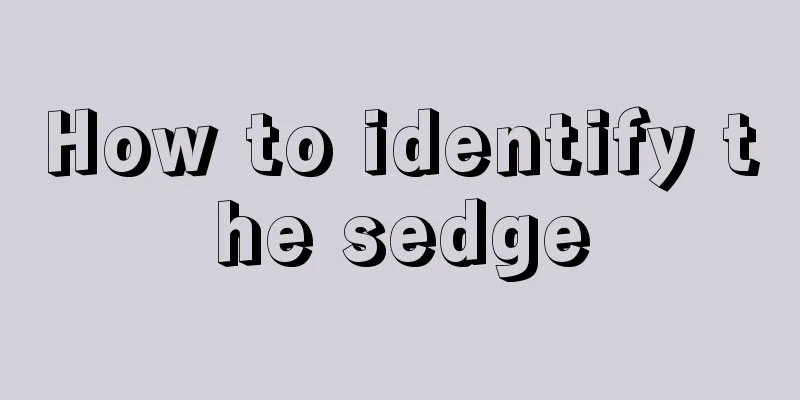"Watering" is very important when growing flowers. Master these "5 principles" and any flower you grow will grow well!

See dry and wetKeeping the soil dry and wet when wet is the most commonly used principle in the process of growing flowers. The watering method corresponding to this principle is that when we observe that the soil in the plant's pot has become slightly dry, we can water the plant. The amount of water you should water is enough until you can see water seeping out from the bottom of the pot. When watering, do not wait until the soil in the pot is completely dry before watering. This watering principle is more suitable for plants that like to grow in a humid environment. Alternating wet and dryThis watering method is more suitable for plants that we usually grow at home, such as green ivy, Clivia and other plants, which like to live in a warm and humid environment. The plant itself doesn't like being wet or dry, it's in a moderate stage. Every time you water the plants, generally water them before the soil is completely dry, and water them thoroughly each time. Dry thoroughly waterThis watering method is mainly suitable for plants that prefer a dry living environment, such as cacti and other drought-resistant plants. The method of watering is to water the plant thoroughly once the soil in the pot has completely dried up, and wait until water seeps out from the bottom of the pot. This means that the plant is watered thoroughly. Better dry than wet/better wet than dryThese two watering methods are mainly suitable for plants that prefer more extreme growing environments. The former is particularly drought-tolerant, while the latter is also particularly water-loving. Both methods are relatively easy to understand. It is better to keep the plants in a dry or humid environment than to water them too much or too little. Mainly used for desert-type plants and plants that prefer shade and moisture. These are the common watering methods. I hope everyone can clearly distinguish the living habits of their own plants, and then find the corresponding plants that are suitable for their growth habits to water. As the saying goes, "three parts fertilizer and seven parts water" for growing flowers, as long as the watering is done well, it is not a problem to want the plants to thrive! Have you all learned it? |
Recommend
How to grow jasmine
1. Soil The soil for potted jasmine needs to be r...
How many times does Oncidium bloom in a year? What should we do after the flowering period?
1. How many times a year does it bloom? Oncidium ...
What is the flower language of the love vine?
The flower language of the love vine: Heart to he...
Can you grow succulents on loess?
Can succulents be grown on loess? Succulents can ...
How to sow lavender seeds
Tools needed for lavender sowing Flower pots, see...
How to propagate money grass by cuttings
1. Cutting time In fact, it can be propagated by ...
When is the flowering period of Akebia grandiflora
1. When is it Its flowering period is relatively ...
The role of Ji Xingmei
The role of Ji Xingmei Feng Shui Effect The leave...
Is the Christmas claw lotus a shade-loving or sun-loving plant?
Does the crab claw lotus prefer shade or sun? Chr...
Is the Dripping Guanyin poisonous? Can the toxin be eliminated by itself?
1. Is it poisonous? The weeping angel is poisonou...
Pinch a branch and dip it in water and it will come back to life. Don’t blame me if the flowers grow wildly!
Mint When it comes to flowers that you must grow ...
Others don't use soil to plant flowers, but only use this, and the flowers grow with thick roots, strong leaves and lush green!
Sphagnum moss 1. Clivia grown on sphagnum moss 1....
Time and method of cuttings of yew
Yew cutting time It is best to take cuttings of y...
How to propagate bougainvillea from cuttings
1. Select branches Bougainvillea is usually propa...
If you want the leaves to not turn yellow, just add some ingredients!
1. Prevent the money tree from turning yellow Pay...









